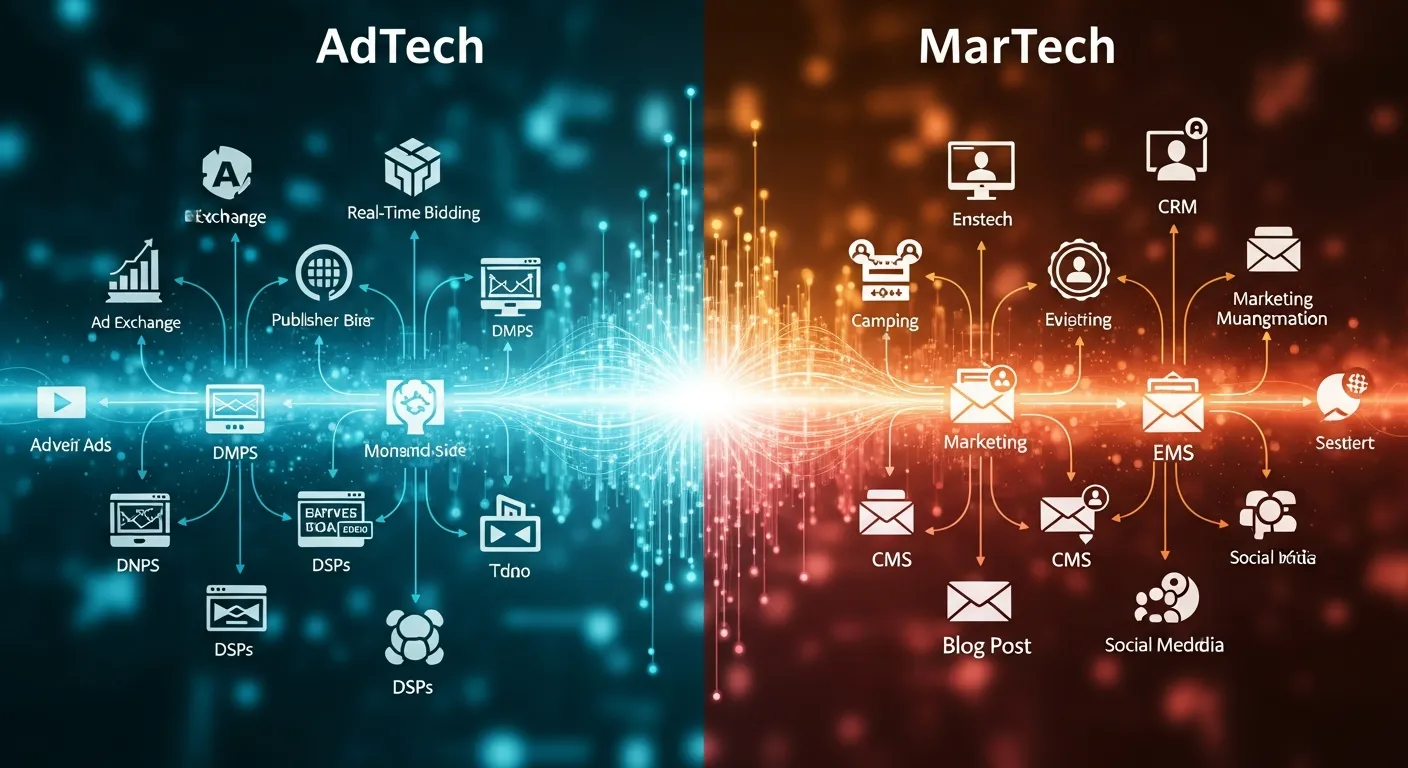In today’s digital landscape, user-generated content (UGC) has become a game changer for brands looking to connect with their audiences. These tools empower users to create and share their own content, fostering authentic engagement and building community. With the rise of social media, leveraging UGC has never been more crucial for businesses aiming to enhance their online presence.
From photo contests to review platforms, various UGC tools cater to different needs and goals. They not only help brands gather valuable insights but also encourage customer loyalty by showcasing real experiences. As companies seek innovative ways to stand out, understanding and utilizing these tools can transform their marketing strategies and drive growth.
Table of Contents
ToggleOverview of User-Generated Content Tools
User-generated content tools enable brands to harness the creativity and insights of their audience. These tools play a crucial role in fostering engagement, driving authentic interactions, and building customer loyalty.
Types of User-Generated Content Tools
- Photo Contests
Photo contests encourage customers to share images showcasing products in unique ways, amplifying brand visibility. Brands often incentivize participation with prizes, attracting a diverse range of submissions.
- Review Platforms
Review platforms allow users to share feedback on products and services, influencing potential buyers. Positive reviews enhance a brand’s credibility, while constructive criticism provides insights for improvement.
- Social Media Hashtags
Social media hashtags facilitate the aggregation of user content across platforms. Through branded hashtags, businesses can track and showcase user posts, forming a community around shared interests.
- Customer Testimonial Tools
Customer testimonial tools collect and display user experiences through written or video content. Authentic testimonials build trust and encourage prospective customers to engage with the brand.
- Interactive Polls and Surveys
Interactive polls and surveys enable brands to gather user opinions on various topics. This feedback informs product development, marketing strategies, and consumer preferences.
Benefits of User-Generated Content Tools
- Enhanced Authenticity
User-generated content enhances authenticity, showcasing real experiences. Potential customers often relate more to peer-generated content than traditional advertising.
- Cost-Effective Marketing
Utilizing user-generated content reduces marketing costs by leveraging organic contributions. This approach shifts some promotional responsibilities to the audience, creating a more budget-friendly strategy.
- Increased Engagement
User-generated content tools encourage participation, leading to higher engagement rates. Engaged customers are more likely to share their experiences, further expanding brand reach.
- Valuable Insights
User-generated content provides valuable insights into consumer preferences and behavior. Brands can analyze feedback to refine products and tailor marketing approaches effectively.
- Community Building
User-generated content fosters a sense of belonging among consumers. By creating and sharing content, users feel more connected to the brand and each other, reinforcing brand loyalty.
Through the strategic use of user-generated content tools, brands can significantly enhance their marketing efforts, engage authentically with their audience, and promote community-driven brand advocacy.
Types of User-Generated Content Tools

User-generated content tools facilitate meaningful engagement between brands and their audiences. These tools enhance marketing strategies through increased authenticity and community participation.
Social Media Platforms
Social media platforms function as primary avenues for disseminating user-generated content. Brands utilize these platforms to promote hashtags that aggregate user posts, such as Instagram or Twitter. Users share experiences through photos, videos, and comments that enhance brand visibility. Platforms also enable users to interact directly with the brand, fostering a sense of community. Examples include Facebook Groups dedicated to product discussions and Instagram Stories for sharing customer experiences. Social media platforms create a vibrant space for brands to showcase real-life usage of their products.
Content Creation Tools
Content creation tools empower users to generate unique and appealing visuals or written content. These tools include applications that simplify photo editing, video creation, or graphic design. Examples encompass Canva and Adobe Spark, allowing users to craft promotional images, infographics, or videos. Additionally, platforms like TikTok encourage creative video content sharing, promoting user engagement through trends and challenges. Accessible and user-friendly, these tools enable brands to harness creativity from their customers, leading to diverse content that reflects authentic user experiences.
Benefits of Using User-Generated Content Tools
User-generated content tools present several advantages for brands aiming to enhance their marketing strategies and foster community interactions. These benefits include increased engagement, cost-effectiveness, and the cultivation of brand loyalty.
Increased Engagement
Increased engagement is a key benefit of utilizing UGC tools. UGC encourages audiences to actively participate by sharing their experiences and content, leading to higher interaction rates. For instance, brands utilizing photo contests see user-generated images shared across social media platforms, which sparks conversations and boosts visibility. Engagement metrics reveal that posts featuring UGC often receive 4.5 times more likes and comments compared to standard promotional content, indicating a stronger connection with audiences. By promoting user participation through interactive UGC tools, brands amplify their reach and foster a sense of community among their customers.
Cost-Effectiveness
Cost-effectiveness ranks as another major advantage of UGC tools. Traditional content creation methods often incur significant expenses for photography, videography, and copywriting. However, UGC significantly reduces these costs, as users generate authentic content at no expense to brands. Approximately 79% of consumers agree that user-generated content highly influences their purchasing decisions, suggesting that leveraging user content can deliver compelling marketing results without straining budgets. Additionally, brands save on advertising costs by incorporating UGC into their marketing campaigns, leading to enhanced ROI and more efficient resource allocation.
Challenges in Implementing User-Generated Content Tools
Implementing user-generated content (UGC) tools involves several challenges that brands must navigate. Understanding these obstacles enables businesses to strategize effectively in order to maximize the benefits of UGC.
Quality Control
Maintaining the quality of user-generated content poses a significant challenge for brands. Content may vary widely in creativity, relevance, and appropriateness. To address quality issues, brands need to establish clear guidelines for submissions, ensuring users understand expectations regarding themes, formats, and acceptable content. Moderation processes should incorporate automated tools to filter submissions, alongside human oversight to assess context and intent. Regularly monitoring UGC helps maintain brand integrity, as poor-quality content can dilute professionalism and negatively impact audience perception.
Legal Considerations
Navigating legal considerations is crucial for brands leveraging UGC tools. Copyright and intellectual property rights complicate the use of user-created content, as permission must be obtained from the original creators. Brands should implement clear policies that outline the rights of content creators and ensure proper attribution. Also necessary is consideration of privacy regulations, like the General Data Protection Regulation (GDPR) and the California Consumer Privacy Act (CCPA), when collecting and displaying user content. By proactively addressing these legal concerns, brands can mitigate risks associated with content misuse or legal disputes.
User-generated content tools are essential for brands aiming to foster genuine connections with their audiences. By utilizing these tools effectively, businesses can enhance their marketing strategies and build a loyal community.
The advantages of increased engagement and cost-effectiveness make UGC a powerful asset. However, brands must navigate challenges such as quality control and legal considerations to fully harness its potential.
With the right approach, user-generated content can transform a brand’s online presence and drive sustainable growth. Embracing these tools not only amplifies brand visibility but also cultivates a sense of authenticity that resonates with consumers.






